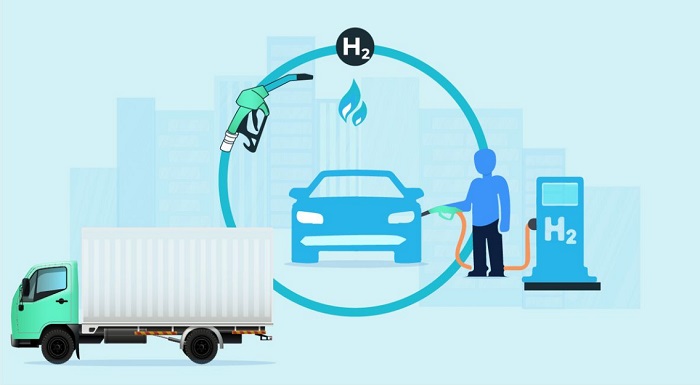According to insights, the global fuel cell market is anticipated to grow at an annual growth rate (CAGR) of 26.0% from 2017 to 2027, reaching a market value of $9.1 billion. The growing concern about greenhouse gas emissions caused by vehicles is partly to blame for this development. Governments worldwide are looking for alternate energy sources for transportation to minimise these emissions. Since fuel cell vehicles (FCVs) emit no CO2 while driving, their popularity is thus anticipated to increase. As a result, numerous automobile manufacturers have made significant investments to incorporate fuel cell technology into their products.
Government initiatives and financial incentives for fuel cells are also promoting industry growth. States in the US that have been at the forefront of fuel cell research initiatives include California, Delaware, and Connecticut. These states also provide incentives and subsidies for fuel cell installations, notably for Solid Oxide Fuel Cells (SOFC) and other fuel cell varieties. Additionally, a focus on fuel cell applications in maritime transportation and railway locomotives has emerged due to the need for cleaner transportation systems, particularly in European nations and Japan. The use of fuel cells is increasing in various applications thanks to the development of hydrogen refuelling stations.
The Commercial & Industrial segment is expected to be the fastest-growing end-user of fuel cells during the forecast period. Countries like Japan have made it mandatory for commercial sectors and power generators to reduce their carbon footprint, leading to increased adoption of fuel cells in malls, hospitals, office buildings, sports centres, etc.
Major players in the industry are capitalising on the growing adoption of fuel cells in data centres, space programs, hydrogen refuelling stations, and distributed power generation. Governments’ decarbonisation mandates and grants for fuel cell research allow these players to accelerate their growth.
During the projected period, it is predicted that the Asia Pacific region will have the most significant fuel cell market. The region’s fuel cell market is driven by government laws on energy, the environment, pollution, increased car manufacturing, and the desire for electric vehicles in nations like China, Japan, and South Korea.





































